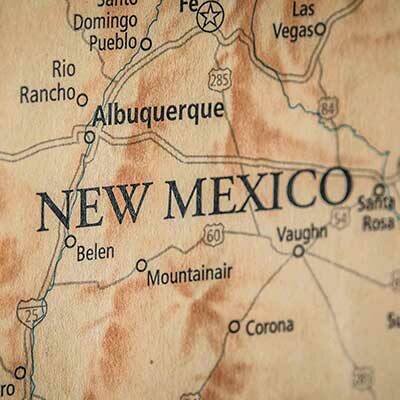Firefighting foams to pigskin tanning: PFAS persists in NM, nationwide
Laura Paskus
December 15, 2020
We've just released the fourth in a series of videos about PFAS contamination in New Mexico. This one focuses on eastern New Mexico's water problems.
In August 2018, the U.S. Air Force revealed there were PFAS in the soils and waters below Cannon Air Force Base. More than two years later, dairy farmers like Art Schaap are still waiting for relief, the drinking water utility in Clovis has shut down drinking water wells, and the military and the state of New Mexico are locked in legal battle over cleanup.
Meanwhile, New Mexicans are footing the bill for more water studies to learn where the toxic chemicals are and how they're moving. And as groundwater levels continue to drop—due to decades of overpumping of the Ogallala Aquifer—the federal government is building a pipeline to bring more water to the region from the Canadian River and Ute Lake.
In Michigan, state officials are launching a multi-year study among people who lived in two western Michigan towns where drinking water was contaminated with PFAS. From the story in the Ionia Sentinel-Standard:
In 2018, state officials found high levels of PFAS compounds in the city of Parchment’s municipal water supply, which also supplied customers in Cooper Township.
In 2017, PFAS were found in water systems near Belmont, near a site where shoe company Wolverine formerly disposed of sludge used to tan pigskin.
In Tucson, PFAS from the airport and Davis-Monthan Air Force Base has polluted almost 20 “backup” groundwater wells. Ariana Brocious reports that the state is working on that cleanup:
Tucson Water Director Tim Thomure said it's important people know that our current water supply does not contain PFAS, especially since most city water currently comes from the Colorado River. The contaminated wells located north of Davis-Monthan were disconnected from the drinking water system in 2018. But the affected wells are part of the city's backup supply of groundwater for the future.
Additionally, airports in Nebraska are on the lookout for PFAS, which is found in fire suppression foams. And residents in Mayville, New York, are under a water advisory after PFAS was found in three of the village’s drinking wells and being supplied a case of water per day.
If you’ve been affected by PFAS contamination in your community here in New Mexico, call our tip line at (505) 433-7242. To read more coverage of PFAS in New Mexico visit “Groundwater War: New Mexico’s Toxic Threat,” which includes a timeline of events and studies on PFAS.






